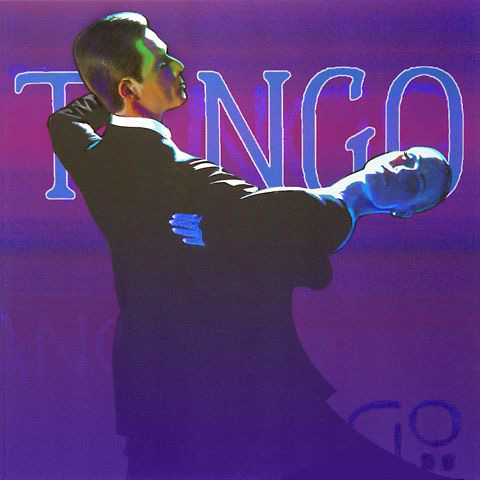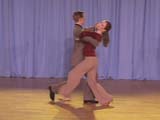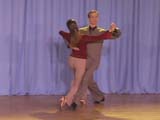In the late 19th century, Buenos Aires was filled with immigrants and transients from Europe and Africa, many of whom found themselves lonely and looking for companionship in their new foreign habitat. Naturally, these forlorn people found their way to the portenos, seeking drinks to drown their sorrows, temporary friendship, and any entertainment to help distract their depressed feelings. The variety of cultures combined to bring about a new style of music, formed from African beats, Indian rhythms, Latin influences, and the popular music of the pampas (flatlands) in Argentina.
As you may guess, this new music was dubbed Tango. Historians argue the name comes from the African candombe drum beat known as "tan-go", or possibly from Latin word tangere (to touch). The dance began as a pantomime of communication between prostitute and pimp. The improvisation was filled with emotional outpouring and suggestive gyration. This sexual choreography was accented by the melancholy drone of the bandoneon, a German instrument very similar to the accordion.
These crude beginnings developed into less obscene styles that symbolized the lower class of Argentina through the turn of the century. Throughout the tango`s evolution, two things remained constant: the background music of the bandoneon, and the passionate translation of emotions into dance.
International Style
As they did with many other dances, the Europeans (most notably the English) adopted the Tango and made it their own. A very powerful dance was the result, with big movements, dramatic gestures, and quick snaps of the head from one position to another. Grouped together in competitive events with the smooth ballroom dances, the International Tango incorporated many of the patterns characteristics of Waltz and Foxtrot. But it still mantains a very unique character which sets it apart from all of the other ballroom dances.


 Basic Walks
Basic Walks Progressive Side Step
Progressive Side Step Progressive Link
Progressive Link Closed Promenade
Closed Promenade